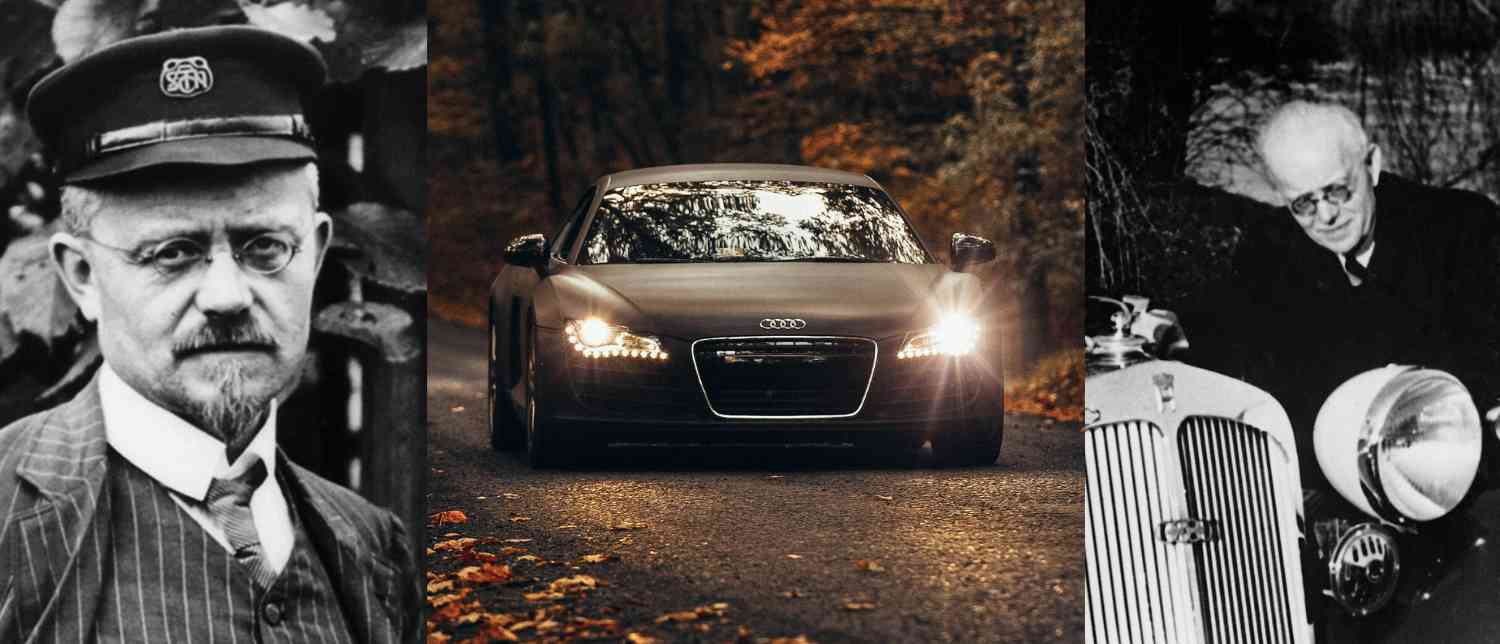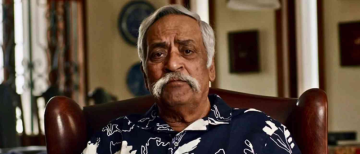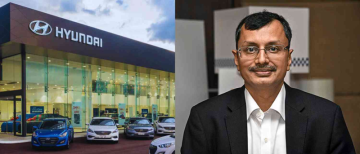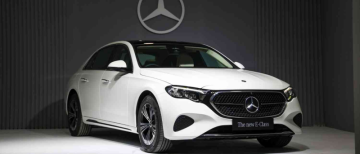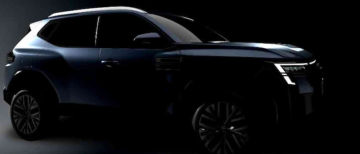August Horch’s story is one of remarkable resilience, creativity, and engineering genius. Fired from the very company he founded, he overcame seemingly insurmountable obstacles to establish the luxury car brand Audi—now renowned worldwide for its innovation, elegance, and technical excellence. This article traces Horch's journey from humble beginnings to automotive pioneer, detailing the birth and evolution of Audi, his challenges, and the legacy he left behind.
Early Life and Roots of Innovation
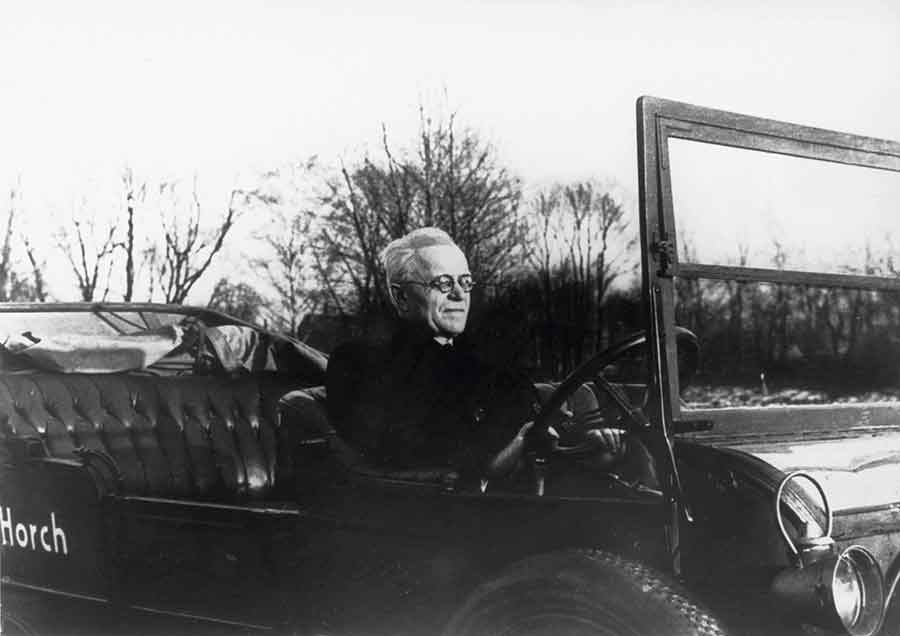
August Horch was born on October 12, 1868, in Winningen, a small town in Rhenish Prussia (now Germany). Initially, he trained as a blacksmith but soon pursued further education in engineering at the Hochschule Mittweida (Mittweida Technical College). His natural curiosity and technical skills led him to work in the shipbuilding industry, which laid the foundation for his deep understanding of complex machinery.
Horch’s breakthrough came when he joined the workshop of one of the greatest automotive pioneers of the time—Karl Benz. From 1896 to 1899, Horch worked at Benz’s company in Mannheim, managing motor car construction. This experience was formative, exposing him to the rapidly developing field of the automobile and igniting his passion for designing superior cars.
Founding the Original Horch Company
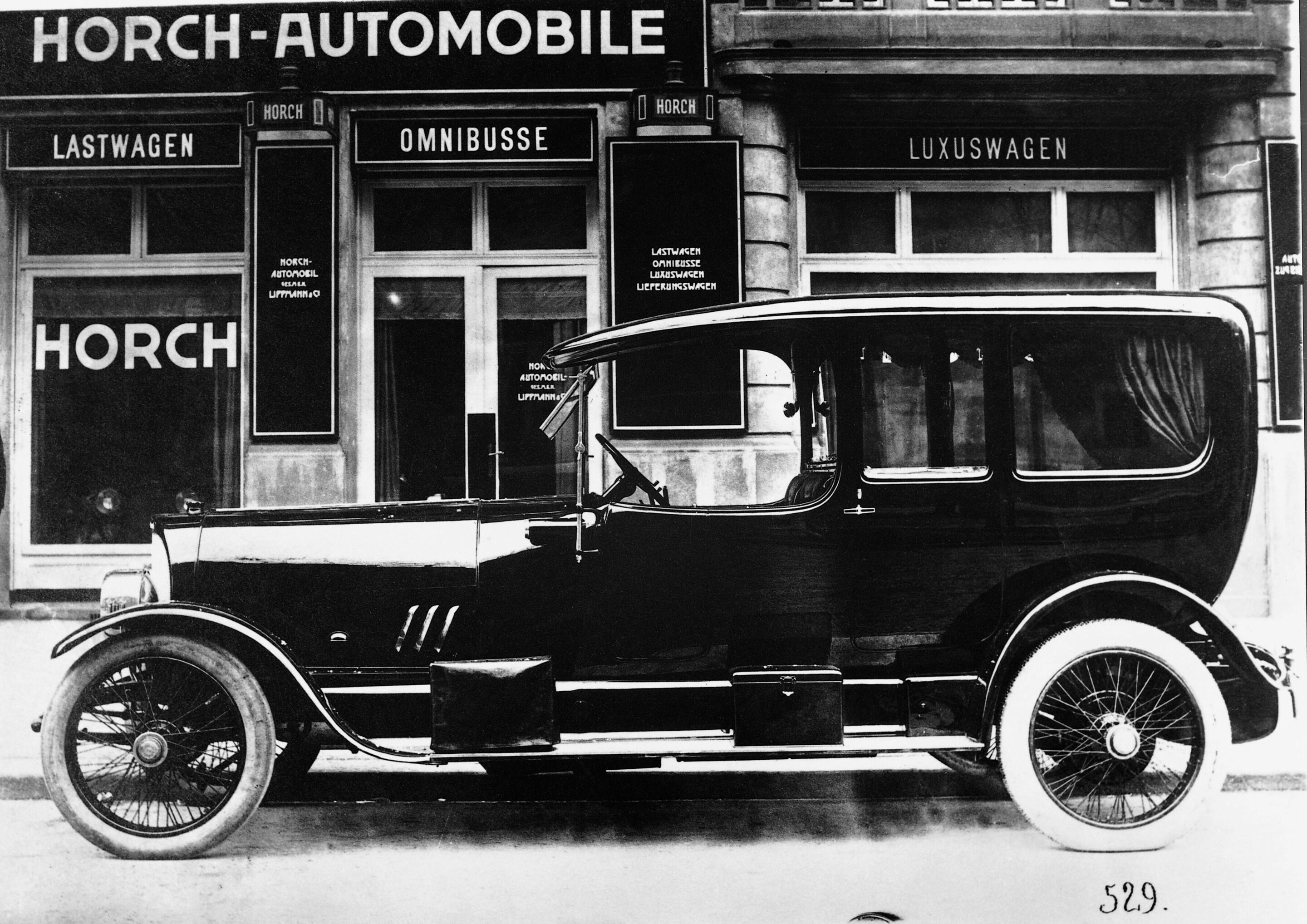
In November 1899, with drive and ambition, Horch established his own automobile company named A. Horch & Cie. in Cologne, Germany. His vision was to build high-quality, innovative vehicles that could stand out in the emerging automotive market. Early on, Horch emphasized precision engineering and embraced new materials, including pioneering the use of light alloy metals to improve car performance.
In 1901, Horch produced his first car under the Horch name. His early vehicles featured technological advancements such as powerful 4-cylinder engines and rigid yet lightweight chassis designs. These innovations helped Horch vehicles gain recognition for fine craftsmanship and engineering excellence.
The Rift and Horch’s Unexpected Departure
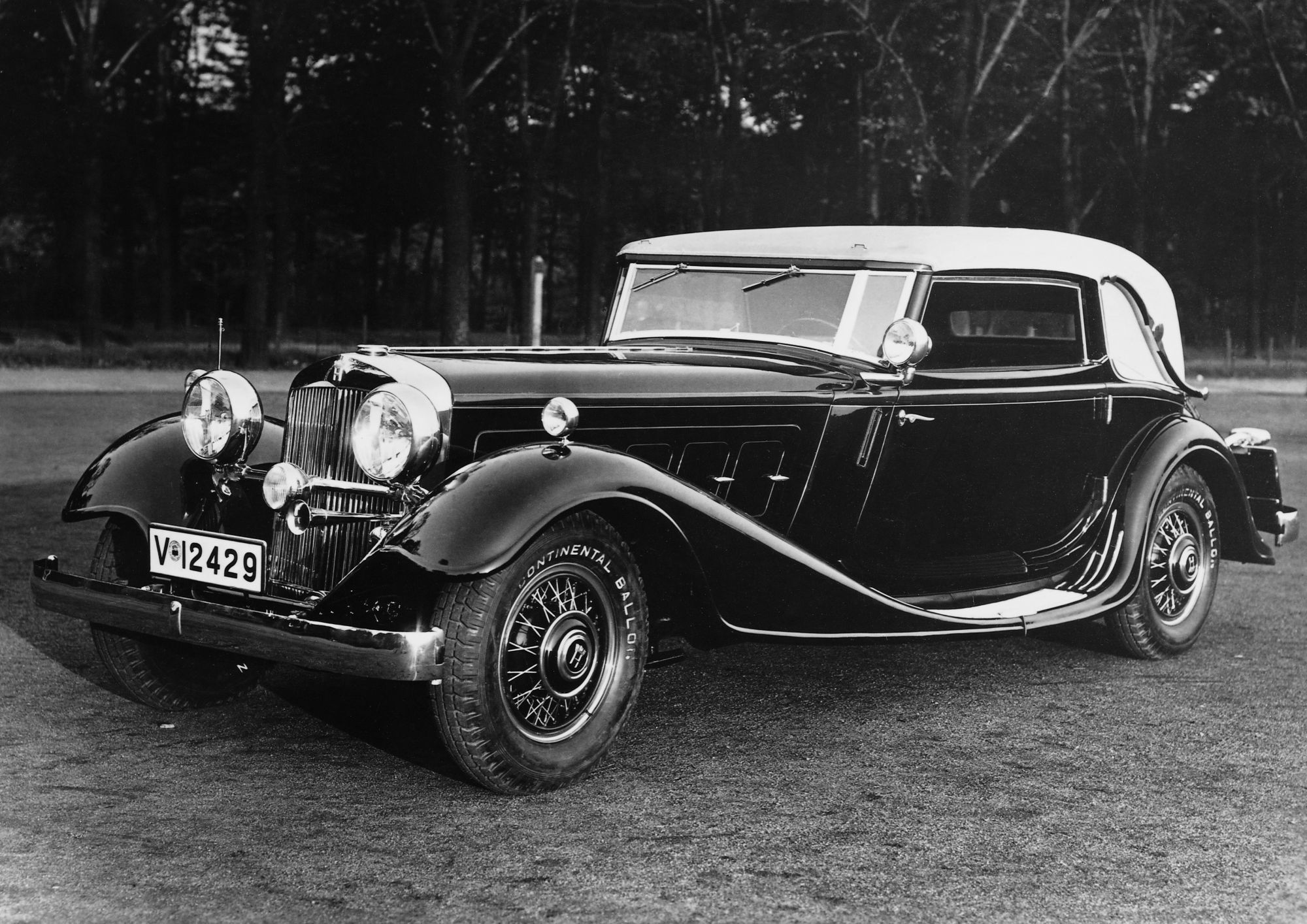
Despite his pivotal role, Horch’s relationship with his company’s board soured. Conflicts over company direction and control emerged. By 1909, this tension culminated in Horch being forced out of the company he had founded, a rare and painful experience for any entrepreneur. Worse yet, his former partners legally retained the rights to the "Horch" brand name, barring August Horch from using it again to market vehicles.
Rather than resigning to defeat, Horch turned this setback into opportunity. Determined to continue his automotive dream, he set out to create another automaker—but this time, he needed a new name.
The Birth of Audi: From Horch to “Listen” in Latin
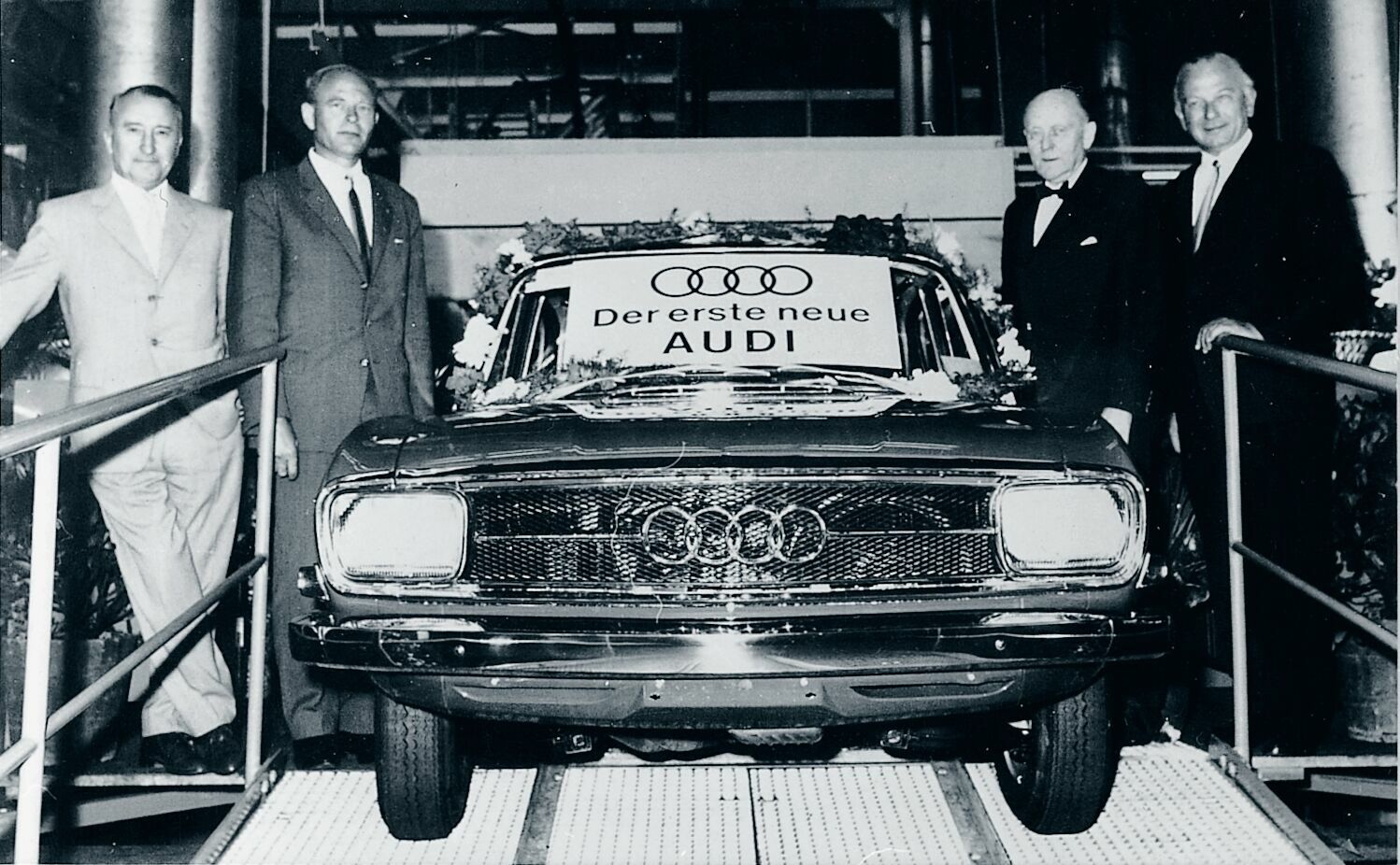
Choosing a new name posed a unique challenge. Horch’s former partners held the rights to his own surname as a brand. The solution came serendipitously during a meeting with close business associates Paul and Franz Fikentscher. While discussing ideas, Franz’s young son, who was studying Latin homework nearby, suggested the Latin imperative form of the verb “to hear” — Audi! This was the literal translation of “Horch” in German, which means “listen” or “hark.”
Embracing this inspired idea, the new company was founded in 1909 as Audi Automobilwerke GmbH in Zwickau, Germany. The Latin name echoed Horch’s own identity yet created a fresh, memorable brand that has endured for over a century.
Audi’s Early Innovations and Market Impact
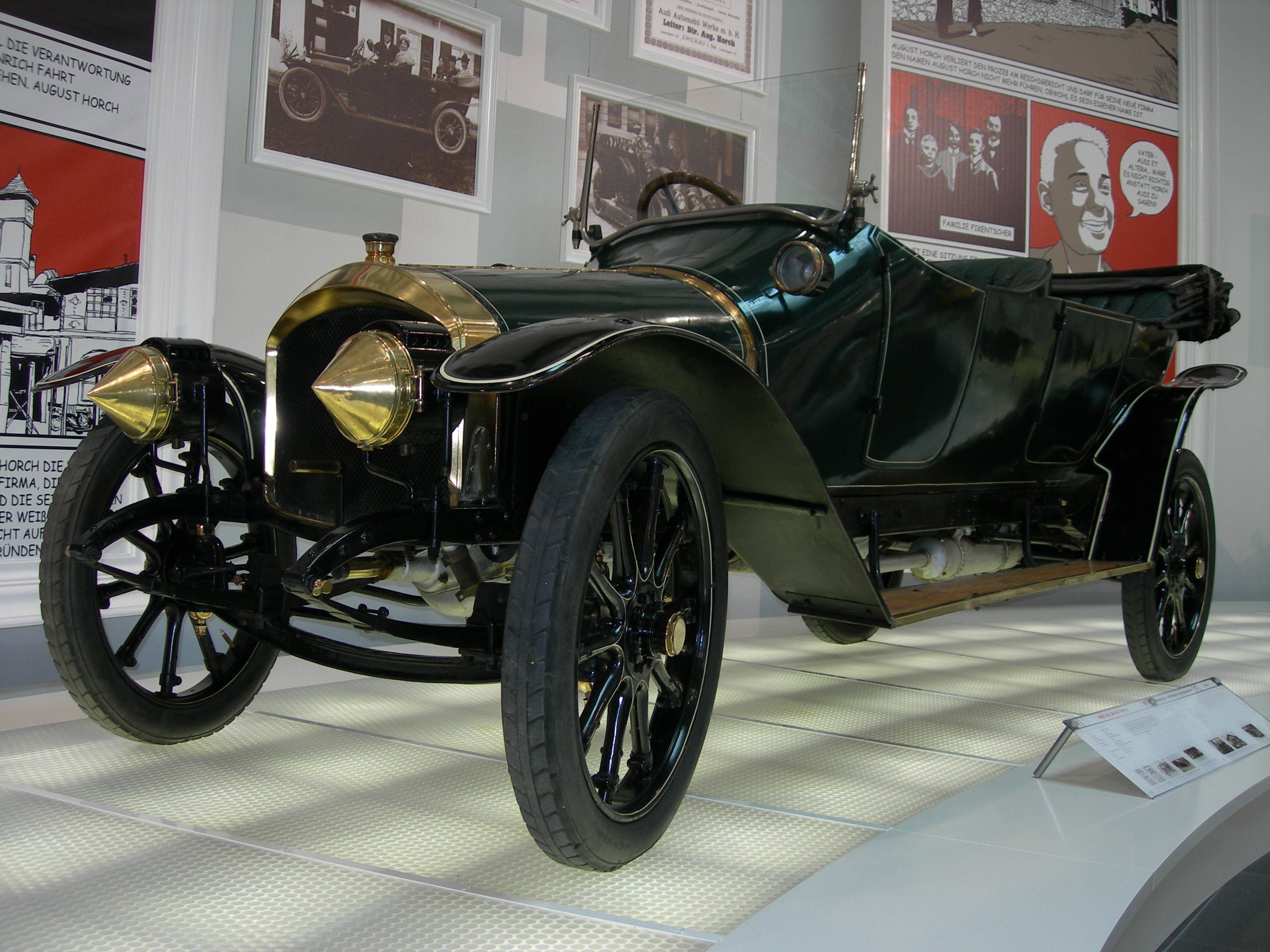
Audi’s first car, the Type A, launched in 1910, reflected Horch’s continued passion for innovative engineering and driver-friendly design. The vehicle featured a strong 4-cylinder, 4-stroke engine, a forward-thinking front-engine placement (when many competitors still used rear engines), and pioneering adoption of left-hand drive starting in the 1920s to improve driver visibility and road safety.
Horch also championed the use of lightweight alloys and durable steel components that enhanced vehicle performance and reliability. These technical choices cemented Audi’s reputation as a builder of luxurious yet robust automobiles.
From the outset, Audi distinguished itself by balancing cutting-edge technology with elegant design—setting the stage for a legacy of leadership in the luxury automotive segment.
The Defining Merger: Auto Union and the Four Rings
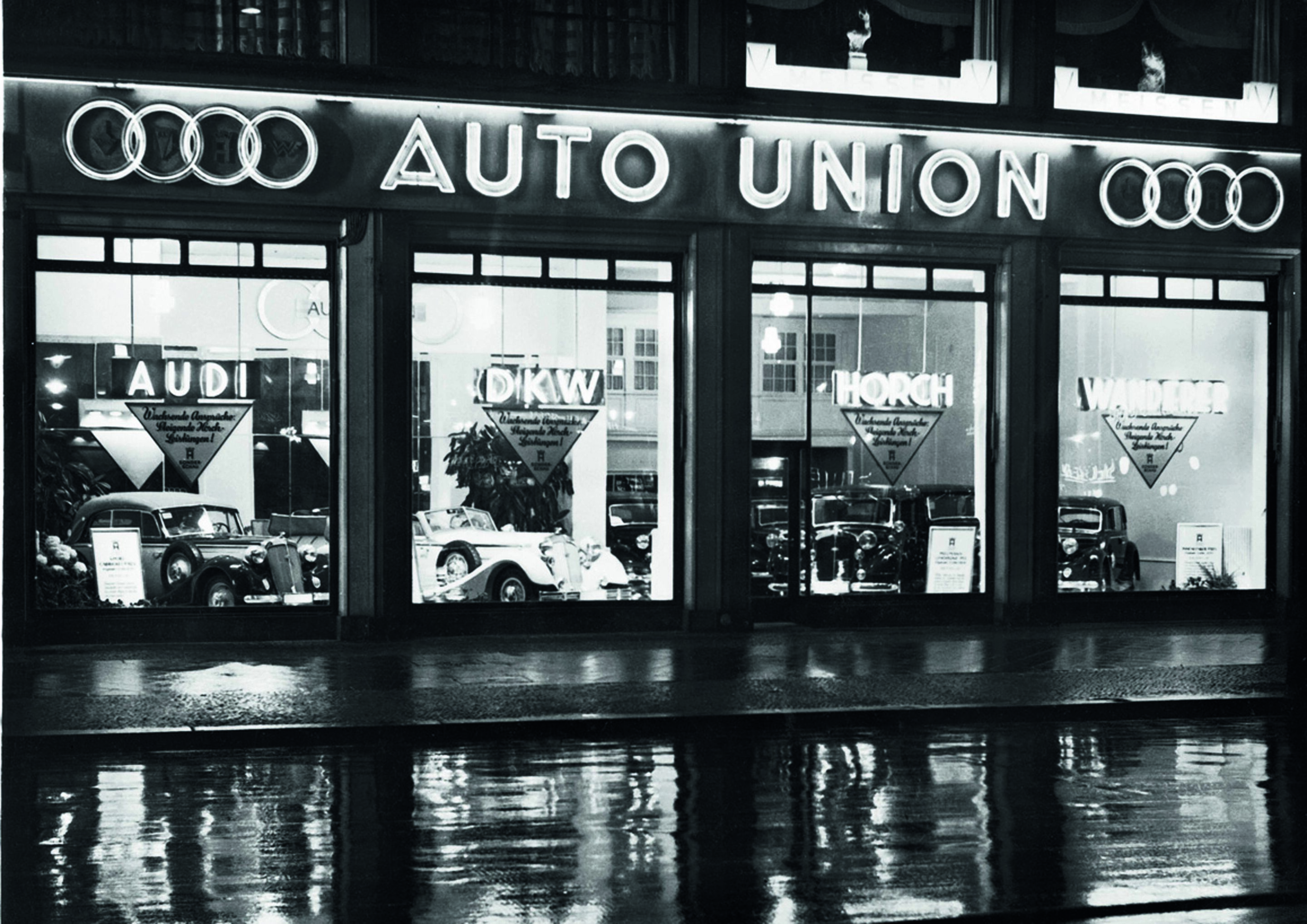
The 1920s and early 1930s were turbulent for the German automotive industry, marked by economic pressures and fierce competition. In 1932, to secure strength and survival, Audi merged with three other manufacturers—Horch (the original company Horch founded), DKW, and Wanderer—to form Auto Union AG.
This historic merger symbolized the unity of four prestigious brands under one umbrella. The result: Audi’s iconic logo of four interlinked rings, each representing one of the constituent companies.
During this era, Audi and its sister brands advanced automotive technology through successes in motorsports and innovative engineering solutions. For example, Auto Union racing cars introduced revolutionary mid-engine designs, influencing future performance car engineering.
August Horch’s Later Years and Multifaceted Legacy
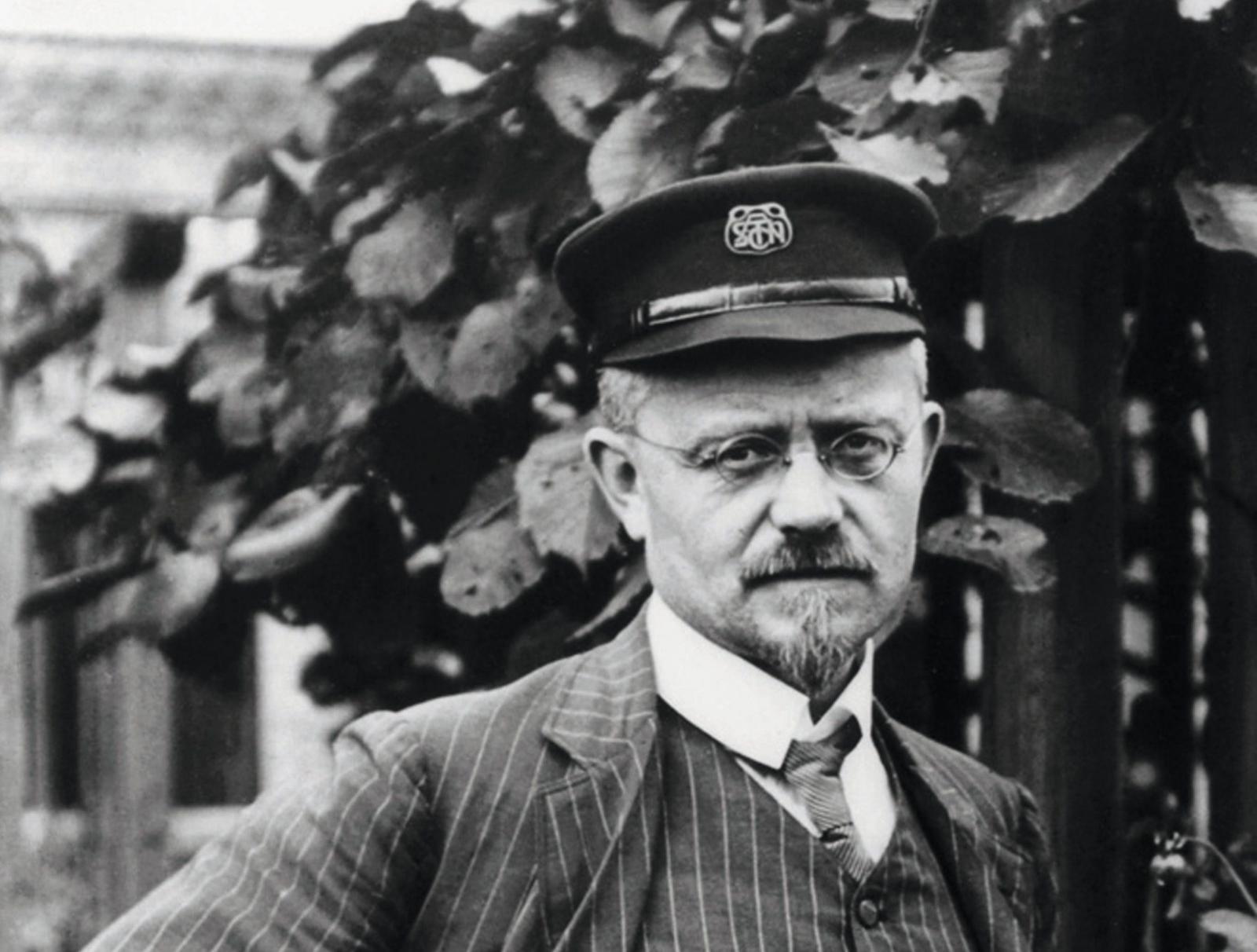
Though no longer involved daily in automobile manufacture, Horch remained influential. He served on Auto Union’s supervisory board, guiding the company’s strategic direction. He also took on leadership roles in the German Motor Vehicle Industry Federation, advocating industry standards and progress.
By the late 1920s and early 1930s, Horch began to withdraw from the front lines of car engineering. He briefly explored other ventures, including chicken farming, yet his identity was firmly tied to automotive innovation.
Horch passed away on February 3, 1951, but his legacy endured. Automotive historians honor his pioneering work, and he was posthumously inducted into the Automotive Hall of Fame as a visionary whose technical and business acumen propelled Audi onto the world stage.
Audi’s Revival and Rise to Modern Luxury Leadership
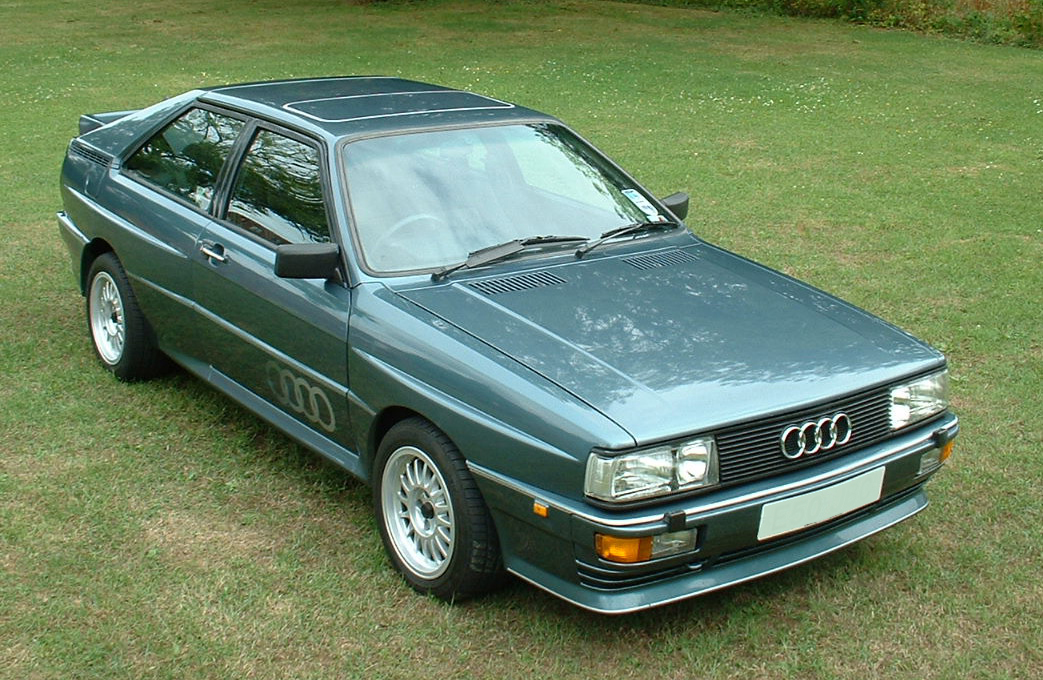
After World War II devastated much of Germany’s industry, Audi’s operations were disrupted, but the brand was revived in the postwar years, relocating to Ingolstadt. Ownership changes culminated in the 1960s when the Volkswagen Group acquired the company.
Under Volkswagen’s stewardship, Audi rapidly modernized, combining Horch’s legacy of engineering excellence with new innovations. Notably, the Audi Quattro, launched in 1980, revolutionized performance vehicles by introducing permanent all-wheel drive for superior handling and traction—an idea foreshadowed by Horch’s own drive to innovate driver-friendly technologies.
Today, Audi stands alongside BMW and Mercedes-Benz as one of the world’s premier luxury car brands, synonymous with cutting-edge technology, meticulous design, and premium craftsmanship.
Audi in Today’s World: A Contemporary Luxury Icon
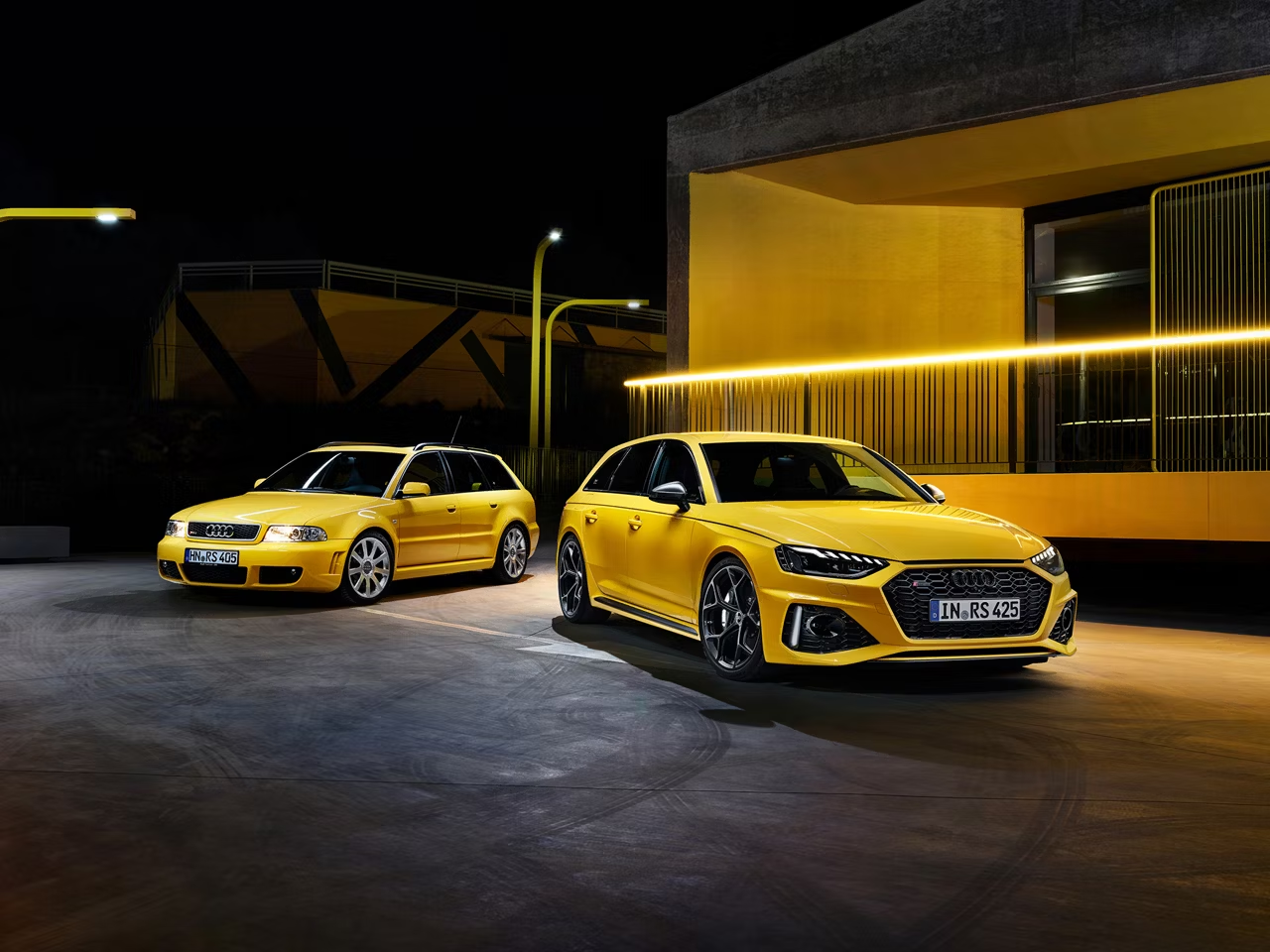
Audi remains a prestigious and influential luxury car brand in the global automotive landscape. In 2025, Audi continues to innovate and compete fiercely in the luxury vehicle market, balancing tradition with cutting-edge technology. The brand is recognized for its blend of advanced engineering, elegant design, and a growing focus on electric mobility.
Market Position and Challenges
_1753772048.webp)
While Audi enjoys a strong heritage, it faces intense competition from German rivals like Mercedes-Benz and BMW, especially in markets such as India where luxury car buyers are increasingly discerning. In the first half of 2025, Audi India sold 2,128 units, experiencing a slight downturn partly due to rising prices and geopolitical uncertainties affecting consumer demand. However, the company remains optimistic, focusing on new model introductions and enhanced customer experiences to regain momentum. Globally, Audi is expected to generate revenues of around $4 billion in 2025, reflecting steady growth potential in luxury sales.
Embracing Electric Vehicles and Sustainability
A significant trend shaping Audi’s current strategy is the rapid shift toward electric vehicles (EVs). The luxury segment is witnessing accelerated EV adoption, with electric luxury car sales growing 66% year-on-year in India during early 2025. Audi’s electric lineup, including models such as the Q8 e-tron and e-tron GT, showcases its commitment to sustainability and innovation. Moreover, the brand supports customers through expanded EV charging infrastructure, providing access to over 6,500 charging points in India alone, which enhances convenience and encourages wider EV adoption.
Innovation and Customer Experience
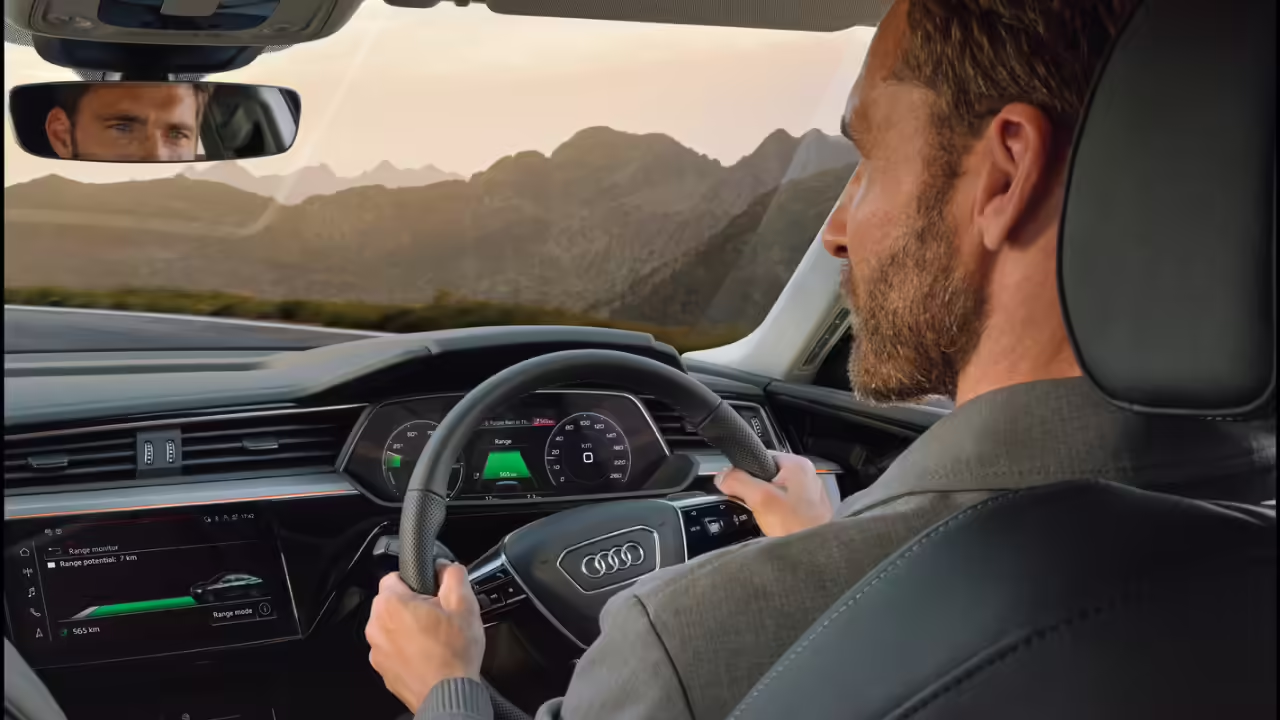
Audi continues to invest in technology, from advanced drivetrain systems to smart digital interfaces, maintaining its reputation for quality and driver-centric design. Alongside product development, Audi leverages digital platforms to create seamless buying experiences and strengthen brand loyalty. Despite challenges in market share, Audi focuses on a luxury-first approach to meet evolving customer expectations and sustain long-term growth in a competitive environment.
In summary, Audi’s present-day identity is rooted in advancing electric mobility, upholding engineering excellence, and delivering premium customer experiences, ensuring it remains a key player in the luxury automotive world.
With inputs from agencies
Image Source: Multiple agencies
© Copyright 2025. All Rights Reserved Powered by Vygr Media.

